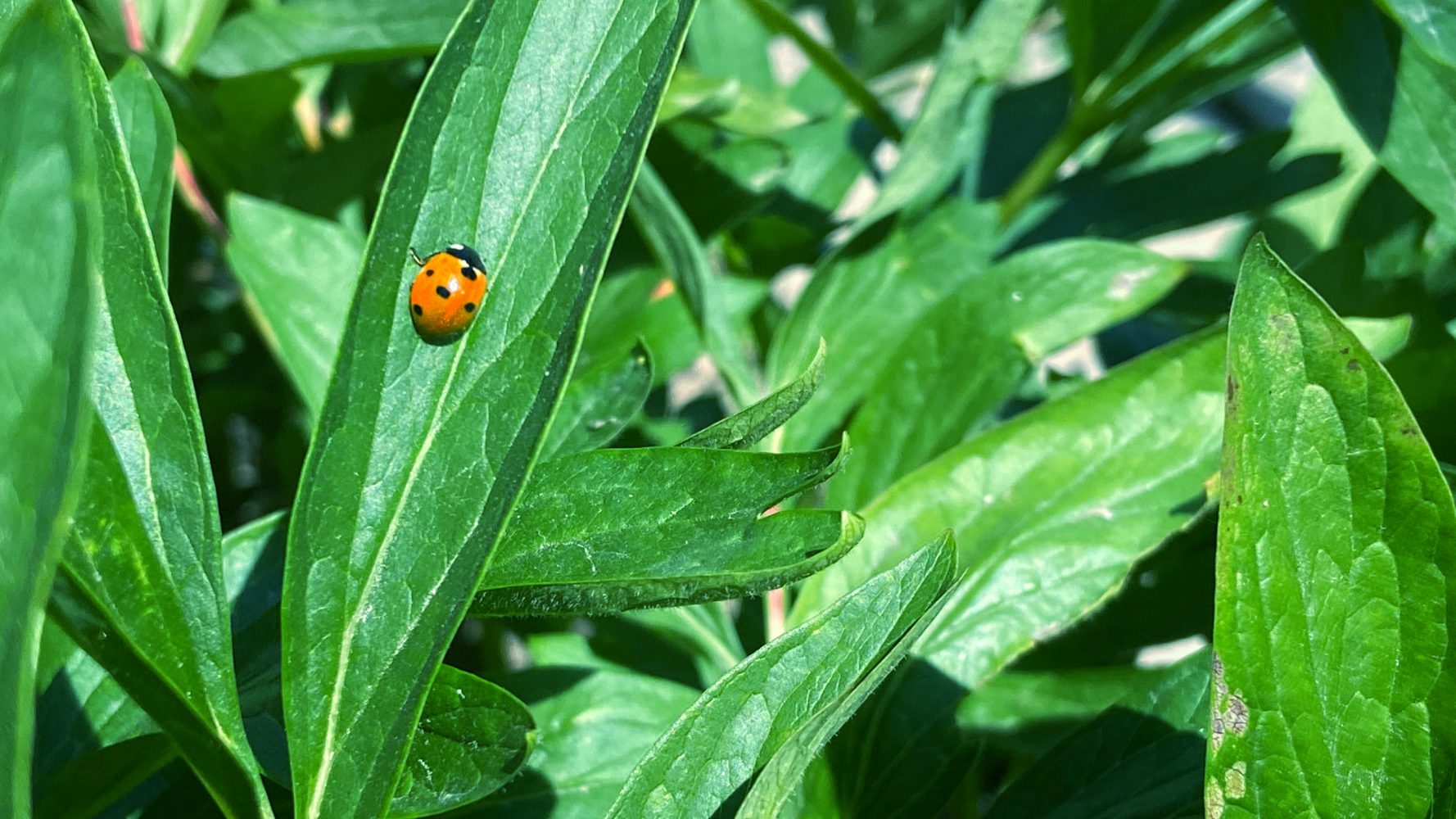Enzymes 101
Enzymes are agents of change – Catalysts for biochemical reactions. In the human body, enzymes are involved in the digestion (breakdown) of food into molecules that are small enough for your body to absorb. Without enzymes, the human body wouldn’t be able to take up the proper amount of nutrients. So, if your body would stop producing enzymes, you would die of malnutrition even if you’d be eating every waking hour!
The beneficial bacteria in our soils also produce enzymes in order to break down nutrients. Bacteria can produce specific enzymes for each type of material that has to be transformed. Some examples are: for the transformation of fat, they produce lipase enzymes, for starch, they produce amylase, for protein, they produce protease, etc. One of the big differences is that for humans, this whole process happens internally, whereas, regarding bacteria, the enzymatic breakdown of nutrients happens outside the cell walls of that bacteria. The nutrients that are present in the soil are transformed by micro-life (= bacteria) into available molecules that can be assimilated by the plants.
HOW DO ENZYMES WORK?
Enzymes come in all kinds of unique, and complex three-dimensional shapes. The shapes also include a so-called “active site”, which is basically the area of an enzyme where the biochemical reactions take place.
The shape of an enzyme and its active site is defining for the function that enzyme has, as every enzyme can only break down a very particular molecule (also called “substrate”).
Emil Fischer tried to clarify this process in 1894 with an analogy, the so-called “Lock and Key” theory.
In this analogy the lock is the enzyme, the key is the substrate, and the keyhole is the active site. The lock (the enzyme) can only be opened with the correct key (substrate) in the keyhole (enzyme’s active site).
When an enzyme and its active site fit a substrate, the substrate breaks down into smaller bits.

THAT ALL SOUNDS INTERESTING IN THEORY… GOT ANY EXAMPLES?
We sure do! Let’s take a look at one of the enzymes we at Aptus choose to work with: Cellulase.
The suffix -ase is used in biochemistry to form names of enzymes. The most common way to name enzymes is to add this suffix onto the end of the substrate, like in this case. The enzyme that breaks down cellulose is called cellulase.
You should also know that your plant’s roots grow out microscopic hairs, suitably named “root hairs”. Root hairs are the parts of your plant’s roots that are responsible for the uptake of nutrients and water.
Root hairs shed in a similar way as our skin cells shed. When our skin sheds, the cells simply fall off. However, since our plant’s roots are buried in soil, the dead cells can’t go anywhere and will start to build up around the roots (potentially even causing root rot).
The root hair cell wall’s main component is cellulose. The buildup of cellulose around the plant’s roots inhibits nutrient absorption and (beneficial) microbial development. The cellulase enzyme breaks down cellulose and keeps the roots clean and working optimally.
This is just one example of a common enzyme, however, there are tens of thousands of different kinds of enzymes. We have only scratched the surface here, but we think this is enough to give you an idea of what enzymes are, and why they’re important.
Any questions after reading this? Don’t hesitate to contact us!





